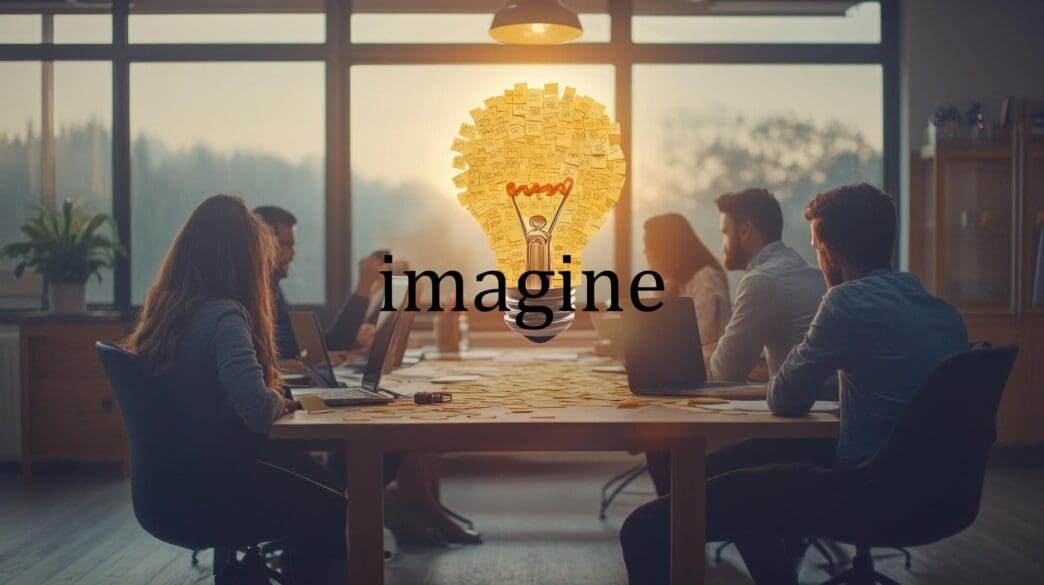Executive Summary
The Story So Far
Why This Matters
Who Thinks What?
In today’s rapidly evolving business landscape, organizations are increasingly recognizing that unlocking innovation hinges on effectively rewarding and recognizing their top employees. This crucial practice, implemented consistently across the workplace, is not merely a perk but a strategic imperative that fuels creativity, enhances engagement, and ultimately drives sustainable growth and competitive advantage. Companies that master the art of appreciation empower their workforce, transforming individual contributions into collective innovative breakthroughs that redefine industries and markets.
The Indispensable Link Between Recognition and Innovation
Innovation rarely springs from a vacuum; it is typically the product of motivated, engaged, and empowered individuals who feel valued for their contributions. When employees are recognized for their efforts and rewarded for their achievements, especially those that push boundaries, they are far more likely to take calculated risks, experiment with new ideas, and invest discretionary effort. This intrinsic motivation is a powerful catalyst for creative problem-solving and the development of novel solutions.
A culture of recognition also fosters psychological safety, allowing employees to share nascent ideas without fear of failure or ridicule. This environment is critical for brainstorming, iterative development, and the cross-pollination of diverse perspectives, all of which are hallmarks of truly innovative organizations. Without this safety net, promising ideas might remain unvoiced, stifling potential breakthroughs before they even begin.
Establishing a Comprehensive Reward Framework
Effective reward systems extend beyond mere monetary incentives; they encompass a holistic approach that caters to diverse employee motivations. A well-designed framework integrates both financial and non-financial elements, ensuring that every significant contribution is acknowledged appropriately. This multi-faceted strategy recognizes that different employees respond to different forms of appreciation.
The goal is to create a system that is transparent, fair, and clearly communicates the behaviors and outcomes that the organization values most. When employees understand what is expected and how their innovative efforts will be recognized, they are more likely to align their work with strategic objectives. This clarity minimizes ambiguity and maximizes focused effort towards innovation.
Financial Incentives for Innovation
Monetary rewards remain a powerful motivator, especially when directly tied to measurable innovative outcomes. These incentives can range from individual bonuses to broader profit-sharing schemes, reinforcing that innovation benefits everyone involved.
Performance-based bonuses are a common approach, rewarding individuals or teams for successfully developing and implementing new products, processes, or services. These bonuses should be significant enough to genuinely motivate extra effort and risk-taking. Equity or stock options can also be transformative, aligning employee interests directly with the long-term success that innovation brings.
For specific innovation challenges, companies can offer substantial prizes or grants to encourage participation and groundbreaking ideas. This creates a competitive yet collaborative environment where the pursuit of novel solutions is highly valued and tangibly rewarded. It signals a clear organizational commitment to fostering new ideas.
Non-Financial Recognition: Cultivating a Culture of Appreciation
While financial rewards are important, non-financial recognition often has a deeper and more lasting impact on employee morale and loyalty. These forms of appreciation acknowledge effort, celebrate success, and build a strong sense of belonging and purpose.
Public recognition, such as “Innovation Awards” or features in company newsletters, elevates the status of innovators and inspires others. Leaders can also offer personalized praise during team meetings or one-on-one sessions, highlighting specific contributions and their impact. This direct acknowledgment from leadership is incredibly powerful.
Professional development opportunities, like funding for advanced courses, attending industry conferences, or mentorship programs, are highly valued by ambitious employees. These investments not only recognize past achievements but also equip employees with new skills, fostering continuous learning and future innovation. Granting increased autonomy and ownership over projects is another potent form of recognition, signaling trust and empowering employees to drive their ideas forward.
Designing Effective Recognition Programs
The success of any reward and recognition strategy lies in its design and consistent implementation. It must be integrated into the company culture, not treated as an afterthought or a sporadic event. This requires thoughtful planning and ongoing evaluation to ensure relevance and impact.
One effective approach is to implement peer-to-peer recognition systems, where colleagues can acknowledge each other’s contributions in real-time. This democratizes appreciation and fosters a supportive, collaborative environment where everyone feels empowered to celebrate success. Such systems often use digital platforms to make recognition immediate and visible.
Regular feedback loops are also critical, providing employees with constructive criticism alongside praise. This helps innovators refine their ideas and learn from setbacks, which is an inherent part of the innovation process. Leaders must be trained to deliver feedback effectively, focusing on growth and development rather than mere judgment.
Leadership’s Role in Championing Innovation
Leadership plays an absolutely critical role in establishing and nurturing a culture that values innovation through recognition. Leaders must not only endorse these programs but actively participate in them, modeling the desired behavior. When senior executives visibly celebrate innovative employees, it sends a powerful message throughout the organization.
Leaders should also act as champions for new ideas, providing resources, removing roadblocks, and creating safe spaces for experimentation. Their support can transform a nascent idea into a market-ready product, demonstrating that the company truly backs its innovators. This hands-on involvement reinforces the importance of creative thinking and problem-solving.
Sustaining a Culture of Continuous Innovation
Unlocking innovation through reward and recognition is not a one-time initiative but an ongoing commitment. Organizations must regularly review their strategies, gather employee feedback, and adapt their programs to remain relevant and impactful. What motivates employees today might change tomorrow, necessitating flexibility and responsiveness.
By consistently investing in their people and acknowledging their inventive spirit, companies can build a resilient, forward-thinking workforce capable of navigating disruption and seizing new opportunities. This sustained focus on valuing and empowering employees ensures a continuous pipeline of ideas, cementing the company’s position as an industry leader driven by ingenuity.








